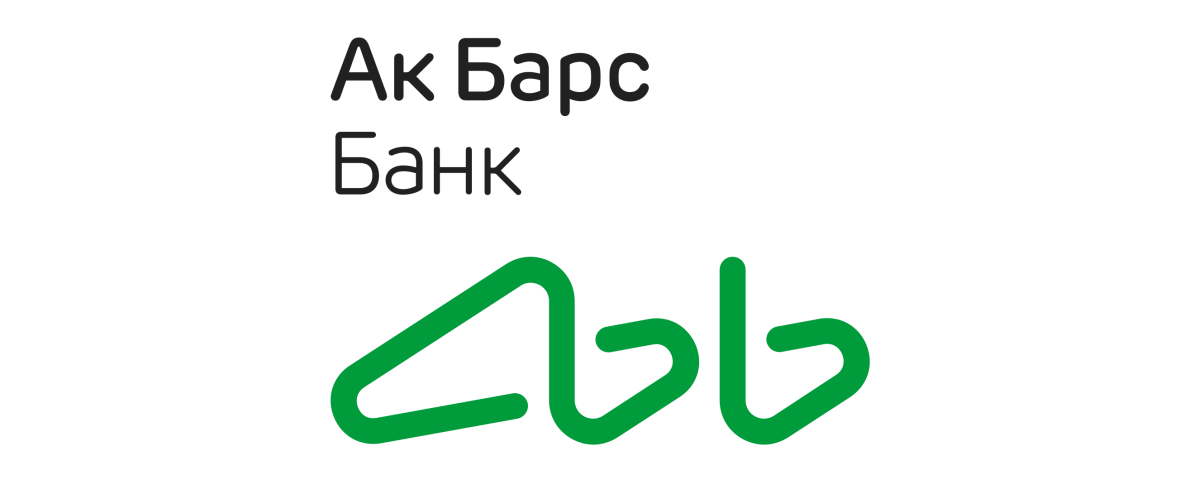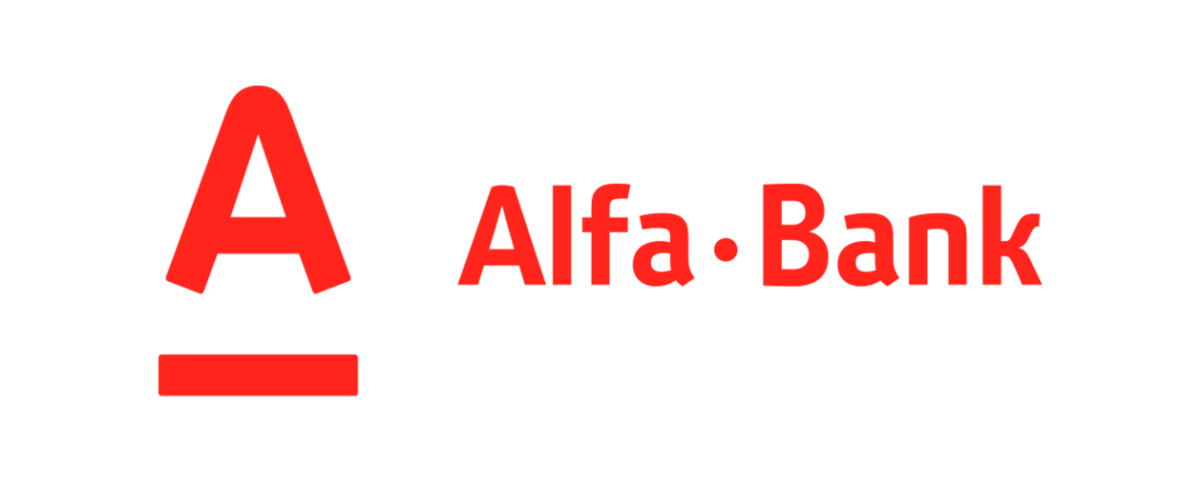Brave New Work: Are You Ready to Reinvent Your Organization?
RATING


“Brave New Work” is authored by Aaron Dignan, a respected advisor and speaker on organizational change and the future of work. The book offers a fresh perspective on organizational transformation in the face of rapid change.
The book’s methodology revolves around two central themes: complexity and adaptation. Dignan emphasizes that in an increasingly complex world, organizations must become adaptive to survive and thrive. This involves challenging traditional hierarchies, promoting a culture of experimentation, and empowering employees.
The author believes that to become a truly ‘evolving organization’, one should be both ‘People Positive’ and ‘Complexity Conscious’. The former is understanding that people are good and can be trusted to be autonomous, while the latter is being aware of the peculiarities of the complex dynamic systems like human societies and organizations.
Dignan identifies the organizational operating system, the collection of assumptions and procedures that dictate how an organization functions, as the primary target of reinvention. He breaks this down into 12 critical components, including Purpose, Authority, Structure, Strategy, Resources, Innovation, Workflow, Meetings, Information, Membership, Mastery, and Compensation. He devotes a chapter of the book to each of these components, discussing in detail how to perceive and use them.
The author proposes a ‘pull’ system as an alternative to the traditional ‘push’ system of work, with the former offering a more dynamic, emergent, and adaptive approach. Dignan also encourages organizations to undertake practices like decentralizing decision-making, promoting transparency, and encouraging self-organization.
“Brave New Work” shines in its approach to organizational change, focusing on systemic transformation rather than isolated initiatives. Dignan’s work is packed with real-world examples that showcase successful implementations of adaptive practices, giving the reader a solid understanding of the concepts.
Dignan’s writing style is engaging and easy to follow, and his message is empowering. By advocating for a more inclusive, democratic, and decentralized approach to organizational functioning, Dignan encourages a shift in power dynamics that many will find refreshing.
Moreover, the book’s focus on adaptation as a necessary response to complexity is particularly relevant in today’s fast-paced, constantly changing business environment. Organizations that embrace this reality are more likely to succeed in the long term.
While Dignan’s concepts are compelling, they may not be universally applicable. Smaller organizations or those in certain industries may face practical constraints in implementing some of the more radical suggestions, like fully decentralized decision-making.
In addition, while the book offers a broad overview of adaptive practices, it sometimes lacks the depth that some readers might desire. Specific tools, techniques, or step-by-step instructions are sometimes not fully fleshed out.
Moreover, some may find the book’s arguments slightly idealistic. While the vision Dignan presents is undoubtedly inspiring, achieving it may be more complex and challenging in reality than the book suggests.
Finally, a lot of Dignan’s methodology is not particularly new, and feels like rebranded versions of already existing ideas. For example, his concept ‘evolving organizations’ is quite similar to ‘learning organizations’ introduced by P. Senge back in 1990 in his “The Fifth Discipline”, while his ideas about employee autonomy and cutback in management and bureaucracy remind a lot of Laszlo Bock’s rules in his 2015 “Work Rules!”. Unfortunately, these already existing concepts are not addressed enough in this book.
When fast-scaling startups and global organizations get stuck, they call Aaron Dignan. In this book, he reveals his proven approach for eliminating red tape, dissolving bureaucracy, and doing the best work of your life.
He’s found that nearly everyone, from Wall Street to Silicon Valley, points to the same frustrations: lack of trust, bottlenecks in decision making, siloed functions and teams, meeting and email overload, tiresome budgeting, short-term thinking, and more.
Is there any hope for a solution? Haven’t countless business gurus promised the answer, yet changed almost nothing about the way we work?
That’s because we fail to recognize that organizations aren’t machines to be predicted and controlled. They’re complex human systems full of potential waiting to be released
Dignan says you can’t fix a team, department, or organization by tinkering around the edges. Over the years, he has helped his clients completely reinvent their operating systems—the fundamental principles and practices that shape their culture—with extraordinary success.
Imagine a bank that abandoned traditional budgeting, only to outperform its competition for decades. An appliance manufacturer that divided itself into 2,000 autonomous teams, resulting not in chaos but rapid growth. A healthcare provider with an HQ of just 50 people supporting over 14,000 people in the field—that is named the “best place to work” year after year. And even a team that saved $3 million per year by cancelling one monthly meeting.
Their stories may sound improbable, but in Brave New Work you’ll learn exactly how they and other organizations are inventing a smarter, healthier, and more effective way to work. Not through top-down mandates, but through a groundswell of autonomy, trust, and transparency.
Whether you lead a team of ten or ten thousand, improving your operating system is the single most powerful thing you can do. The only question is, are you ready?
Overall, “Brave New Work” is a highly relevant read for leaders, managers, HR professionals, and anyone interested in understanding and implementing change in their organization. The book offers a roadmap to creating a more adaptive organization that can thrive in a complex, fast-paced world.
If you want to learn about different, less top-down types of corporate culture where the employee voice is of greater importance. For more insights on different, less top-down types of corporate culture, we recommend reading our reviews on “Work Rules!” by Laszlo Bock, where he discusses the corporate culture at Google, or “No Rules Rules” by Reed Hastings about Netflix.
“Alternatively, discover how to disseminate knowledge and best practices within your organization by creating a ‘learning organization’ as outlined in “The Fifth Discipline”.(Senteo review)

The book seamlessly integrates change management, organizational behavior, and leadership, offering a comprehensive guide to revolutionizing organizational practices. It emphasizes systemic change and the cultivation of a culture centered on adaptation, experimentation, and empowerment.
See content on this topic


Sales training for front line along with basic development and coaching principles for line management.
Understanding how leaders must evolve with relation to the evolution of business models, new management models, and the significant changes to the workforce with Digital Natives now making up more than 50% of the workforce globally.
Understand the theory and mechanics of developing and managing a customer-centric and experience-driven corporate culture that is consistent and stable and includes elements of Employee Experience (EX) and Employee Relationship Management (ERM).
Understanding the evolution of leadership styles, management models, organizational structures, performance measurement and guiding change in the evolution of business models from product-centric to customer-centric and even relationship-centric.
Understand how to manage both internal and external digital transformation while considering the landscape for digital business models and the effect on traditional business models. Understanding organizational readiness for transformation and the role of corporate culture in managing transformations.
The changes in consumer behavior, employee behavior, and the evolution of business models in the digital age cause significant difficulties and imperatives for leaders who must develop new skills and evolve their leadership styles to be effective in this fast changing, challenging, and competitive environment.
Understanding how leaders must evolve with relation to the evolution of business models, new management models, and the significant changes to the workforce with Digital Natives now making up more than 50% of the workforce globally.
Understand how to manage both internal and external digital transformation while considering the landscape for digital business models and the effect on traditional business models. Understanding organizational readiness for transformation and the role of corporate culture in managing transformations.
The changes in consumer behavior, employee behavior, and the evolution of business models in the digital age cause significant difficulties and imperatives for leaders who must develop new skills and evolve their leadership styles to be effective in this fast changing, challenging, and competitive environment.
Understanding how to design & manage change/transformation programs in organizations of different sizes. This course will help any size team or organization to better deal with change & transformation on any scale.




 Copy Link
Copy Link
 E-mail
E-mail
 LinkedIn
LinkedIn
 Facebook
Facebook
 Telegram
Telegram
 WhatsApp
WhatsApp















 Go Back
Go Back
Leave a Reply
You must be logged in to post a comment.